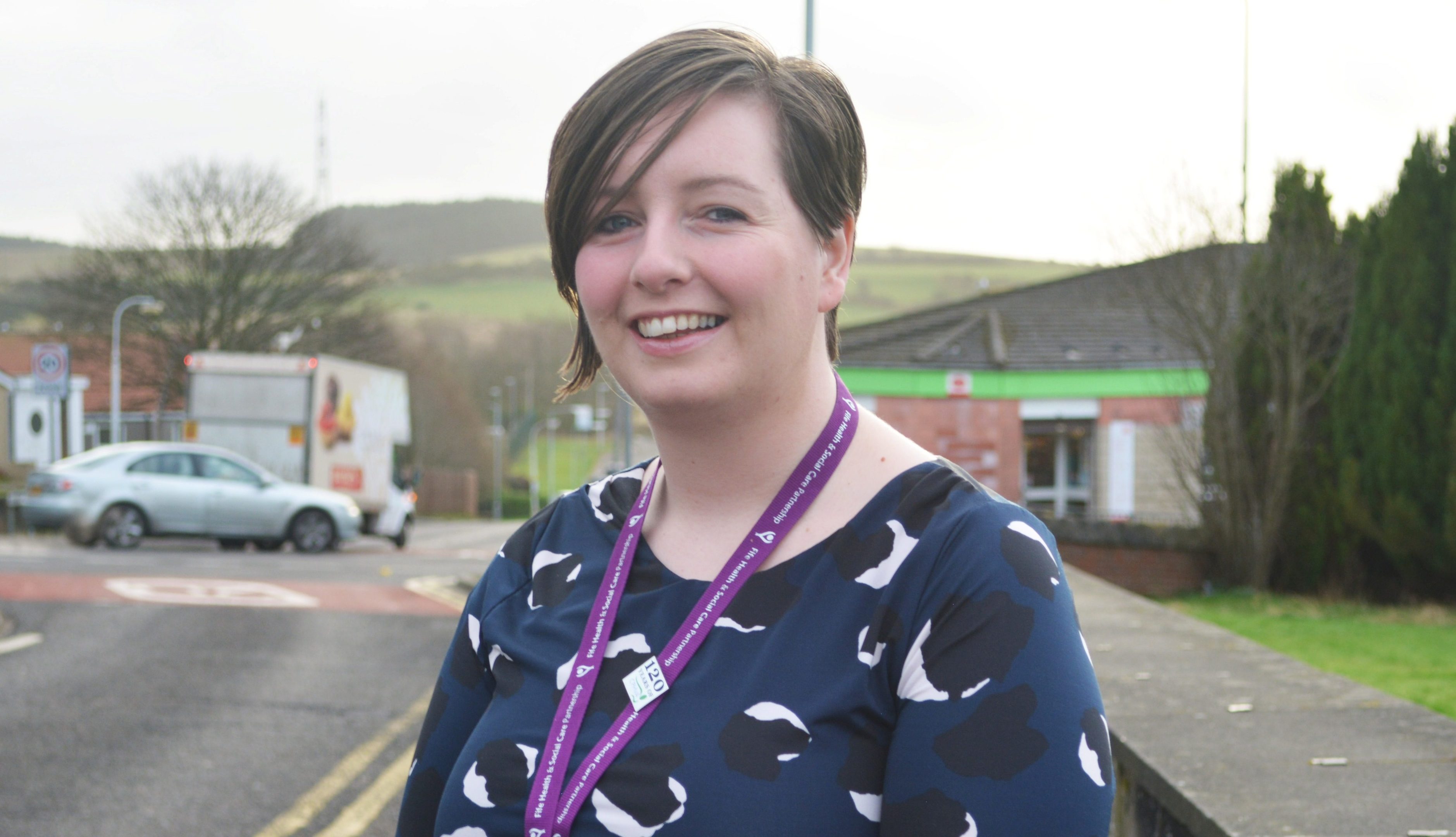A Fife health visitor has been selected to participate in a new programme that will earn her the right to use the prestigious Queen’s Nurse title.
The coveted label was established back in the days of Queen Victoria in honour of her Golden Jubilee in 1889, with the title awarded to nurses who completed training that equipped them to work in the community.
Now Dunfermline woman Gemma Macdonald is one of 20 community-based nurses chosen by the Queen’s Nursing Institute Scotland (QNIS) to join the first cohort of 21st century Queen’s Nurses.
The modern Queen’s Nurses, who will be drawn from health boards and other independent organisations across Scotland, will enable teams to promote health improvement and deliver quality care.
On completion of the programme, Gemma, who is based at the Rosewell Clinic in Lochore, will be one of the first nurses to receive the Queen’s Nurse title in Scotland for almost 50 years.
Nicky Connor, associate director of nursing for Fife’s health and social care partnership, said she was delighted to see health visiting included in the QNIS Queen’s Nurses development programme and wished Gemma well.
“The early years have a profound impact on an individual’s future experience of health and wellbeing,” Nicky added.
“Health visitors have a vital role to play in supporting children and families in the first several years of a child’s life.”
Once they have completed the QNIS development programme, the modern Queen’s Nurses will support new models of care to promote health improvement and local delivery of services.
“With health policy rapidly shifting the balance of care towards care at home, it is an opportune time to highlight the important contribution of community nurses,” explained Scotland’s Chief Nursing Officer, Fiona McQueen.
“The return of the Queen’s Nurse title is a very welcome mark of professional excellence.”
QNIS originally trained nurses for community district work, with the last award made in January 1969.
They provided healthcare and health promotion to people in their own homes, and were well respected in the communities in which they practised.
Since then, QNIS has become a charity, promoting excellence in community nursing to improve the health and wellbeing of the people of Scotland.
The new Queen’s Nurses will take part in a nine-month programme, developing and honing their existing skills and capabilities, culminating in an awards ceremony in December.










